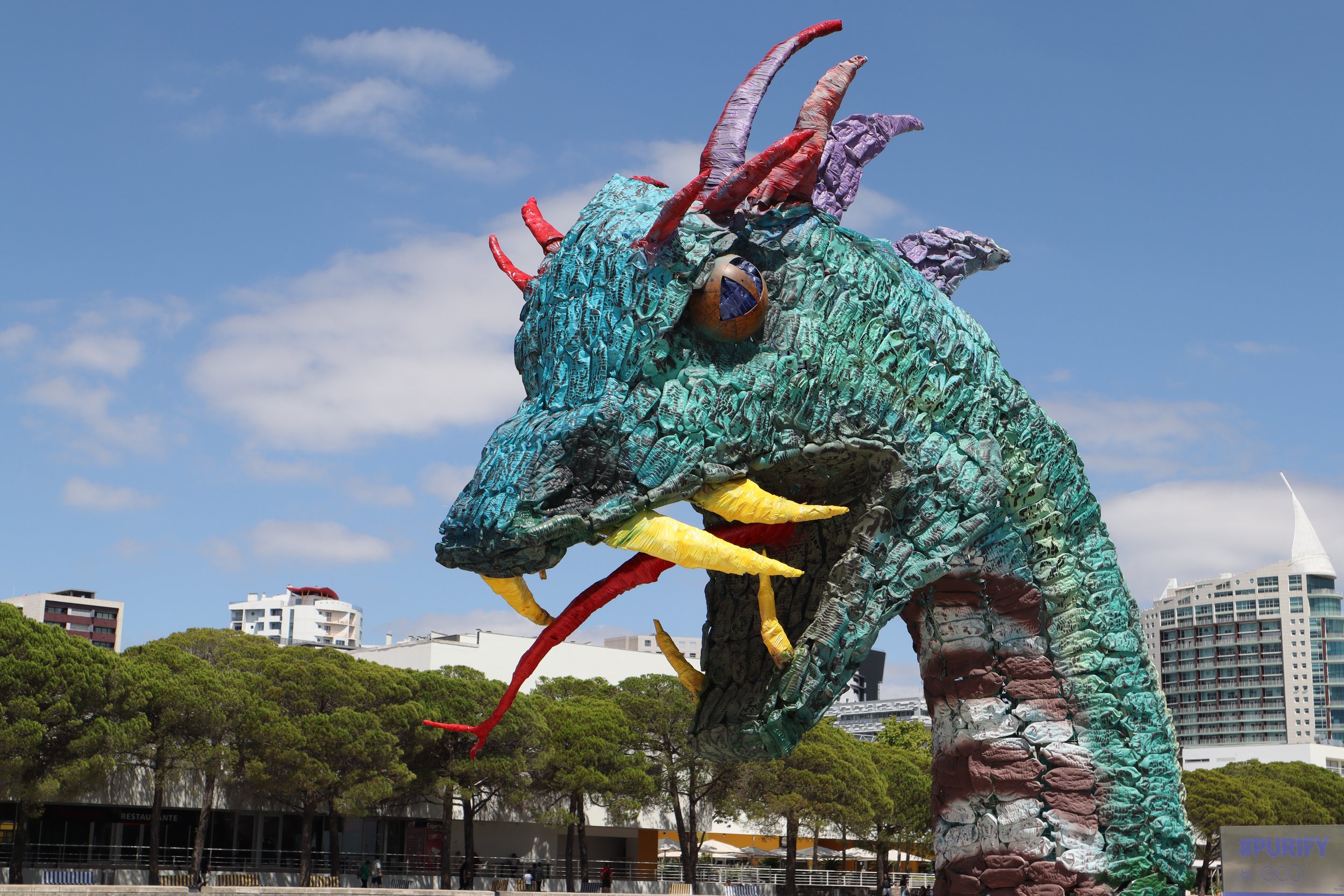Why you should visit the Lisbon Oceanarium
Lisbon, city of artists and poets. City of tiles and mosaics. City of steep hills and yellow trams. But also home to one of the greatest aquariums in the world: The Lisbon Oceanarium.
Art outside the Lisbon Oceanarium. The aquarium focusses a lot on educating people about the importance of keeping our oceans clean. This is a a statement piece made out of plastic bottles.
Practicalities
Let’s get some practicalities out of the way first. Here you’ll find answers to how to get there, how much it costs, how long a visit takes and what the opening hours are of the Lisbon aquarium.
How to get to the Lisbon Oceanarium?
The Lisbon Oceanarium, also known as the Lisbon Aquarium, is not right in the city center. Don’t worry though, the place is very well reachable by bus, metro, or train.
The metro is the fastest and cheapest way in my experience. You need the Red line (Linha Vermelha), that’s the one that goes to the Aeroporto, and get out at Cabo Ruivo. A one-way ticket only costs €1,50. Remember to keep your rechargeable Viva card! Otherwise you’ll have to buy a new card and that’s another €0,50. After that, it’s only a 15-minute walk from the metro station to the aquarium.
Bus 26B and 728 come every 30 minutes and stops right in front of the aquarium. A single bus ride costs the same as the metro, so that’s €1,50. Lots of other busses stop at the metro and train station too, so you can catch a direct bus pretty much anywhere in the city. The train station (Estação do Oriente) is also about a 15-minute walk from the aquarium. Trains are a lot more expensive than busses or the metro, though, so I don’t recommend that unless you come from farther away like Sintra.
If you’re not a fan of public transportation for some reason, you can get a taxi, an Uber, or one of the many electric bikes you can find around the city.
How much does the Lisbon Oceanarium cost?
You can buy tickets online or at the aquarium. The aquarium is quite a popular attraction, so it can get busy during tourist season and therefore I advise to buy your tickets in advance. You’ll be able to skip the line that way.
Kids under 2 years are free. Children up to 12 years old can get a discounted ticket of €13,- while adult tickets costs €19,-. Seniors (+65 years) get a discount too and pay €15,- for a ticket.
Right next to the Lisbon Oceanarium is the cable track. You can get combination tickets for both the aquarium and the cable track. Prices are as follows:
children 3 to 12 years €17,-
adults €26,-
seniors (+65 years) €22,50
How much time to spend at the Lisbon Oceanarium?
That depends on how fascinated you are by fishes. I recommend a minimum of 2 hours to get all the way through the aquarium. The Lisbon Oceanarium is big, so you’ll need those 2 hours to see every tank. Are you somebody who also reads all the informative signs? Then you’ll need more than 2 hours.
What are the opening hours of the Lisbon Oceanarium?
The Lisbon Oceanarium is open every day from 10:00 to 20:00. Last entry is at 19:00. While the aquarium is open every day of the year, certain holidays operate on reduced opening hours, so do check the website in case you plan to visit on a holiday.
It’s cool.
And I mean this both literally and figuratively. Summers in Lisbon can get hot and the Lisbon Oceanarium is a perfect place to cool down.
The aquarium consists of one big tank in the middle and smaller areas around it. On the top level, you have four geographical areas: the North Atlantic Ocean, the Antarctic Ocean, the Temperate Pacific Ocean, and the Tropical Indian Ocean. These geographical areas show you both above-water life and underwater life. The North Atlantic Ocean has puffins, the Antarctic Ocean has ice and penguins, the Temperate Pacific Ocean has playful sea otters, and the Tropical Indian Ocean has coral reefs. The Antarctic Ocean is the perfect place to chill with the penguins and escape the heat.
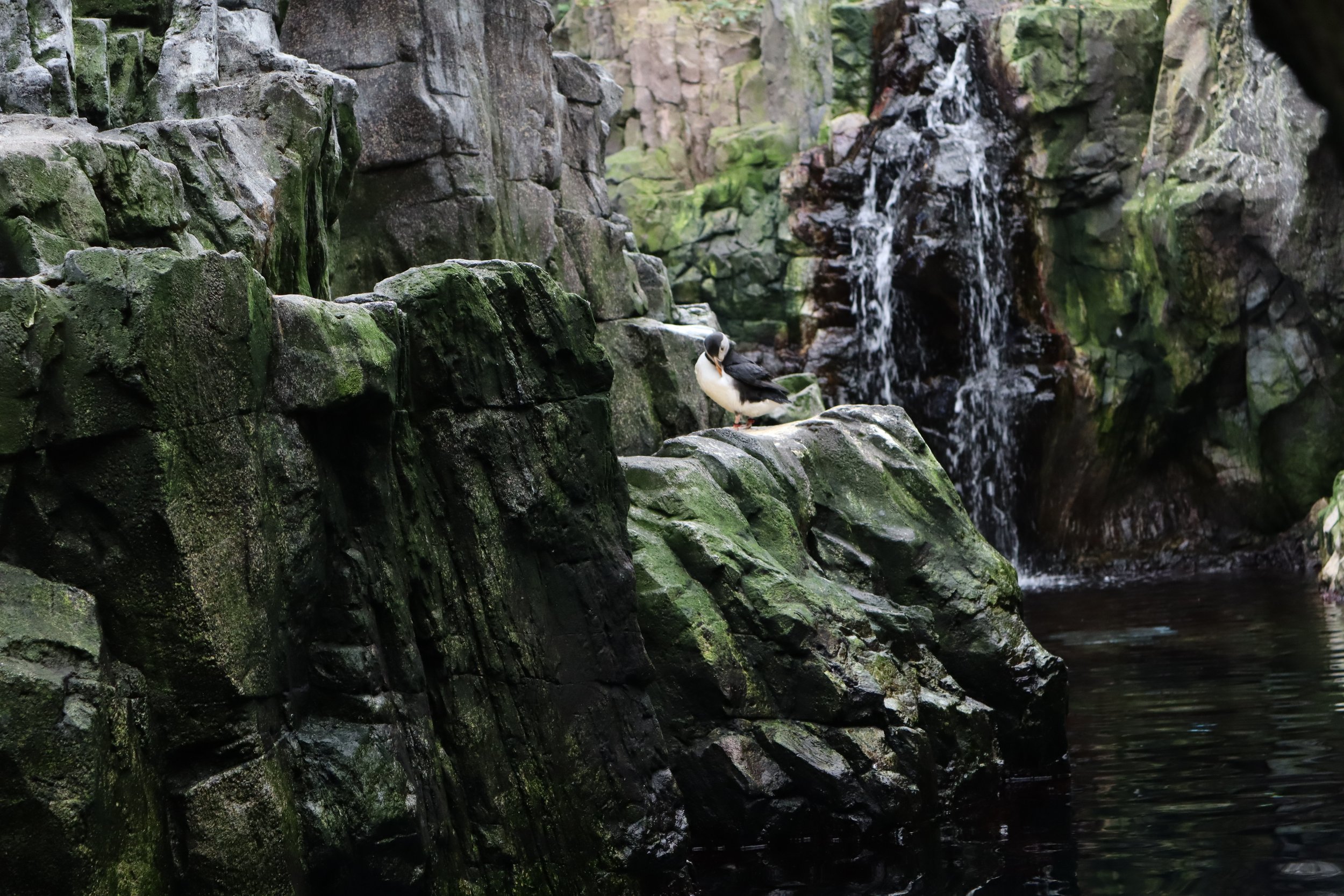

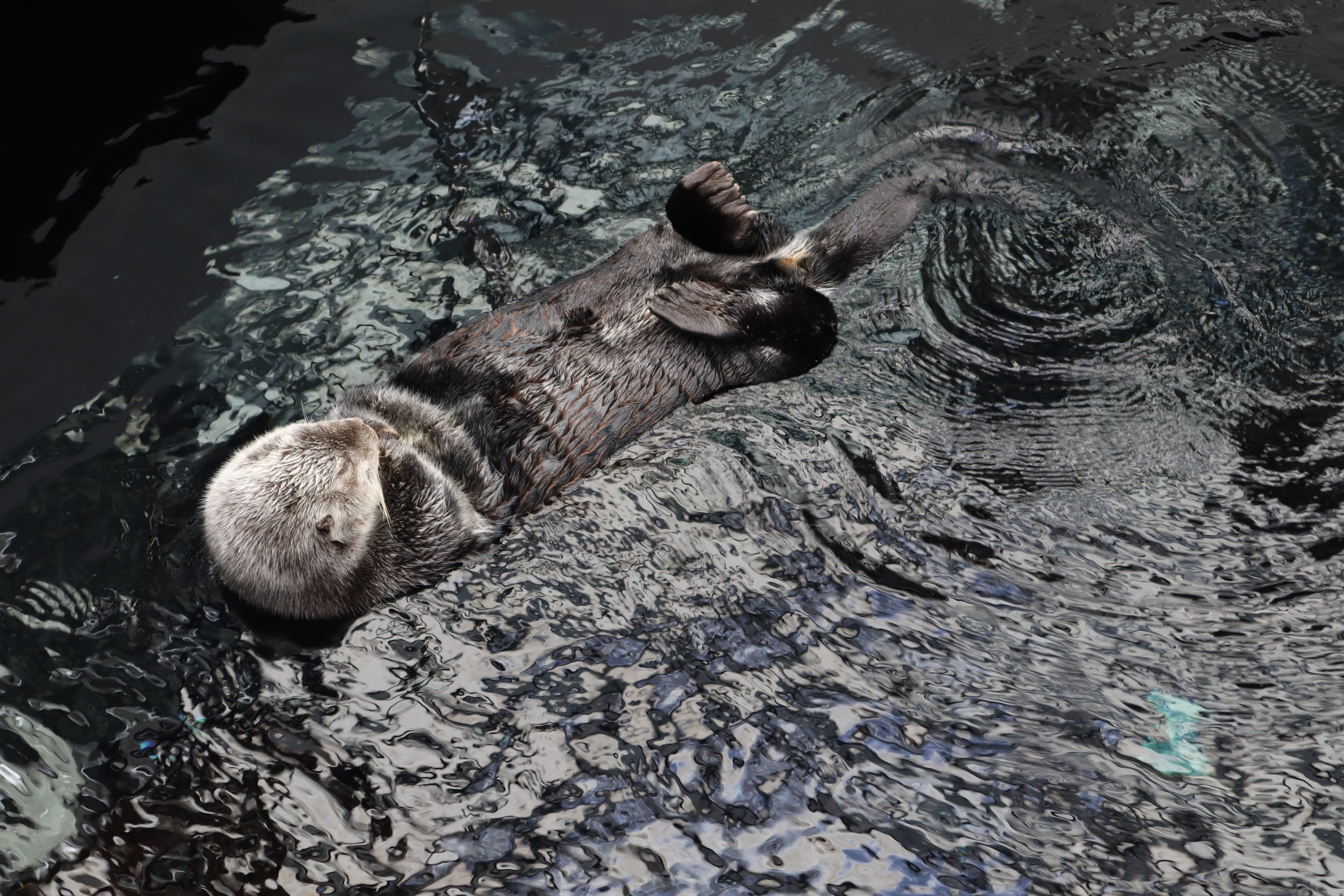
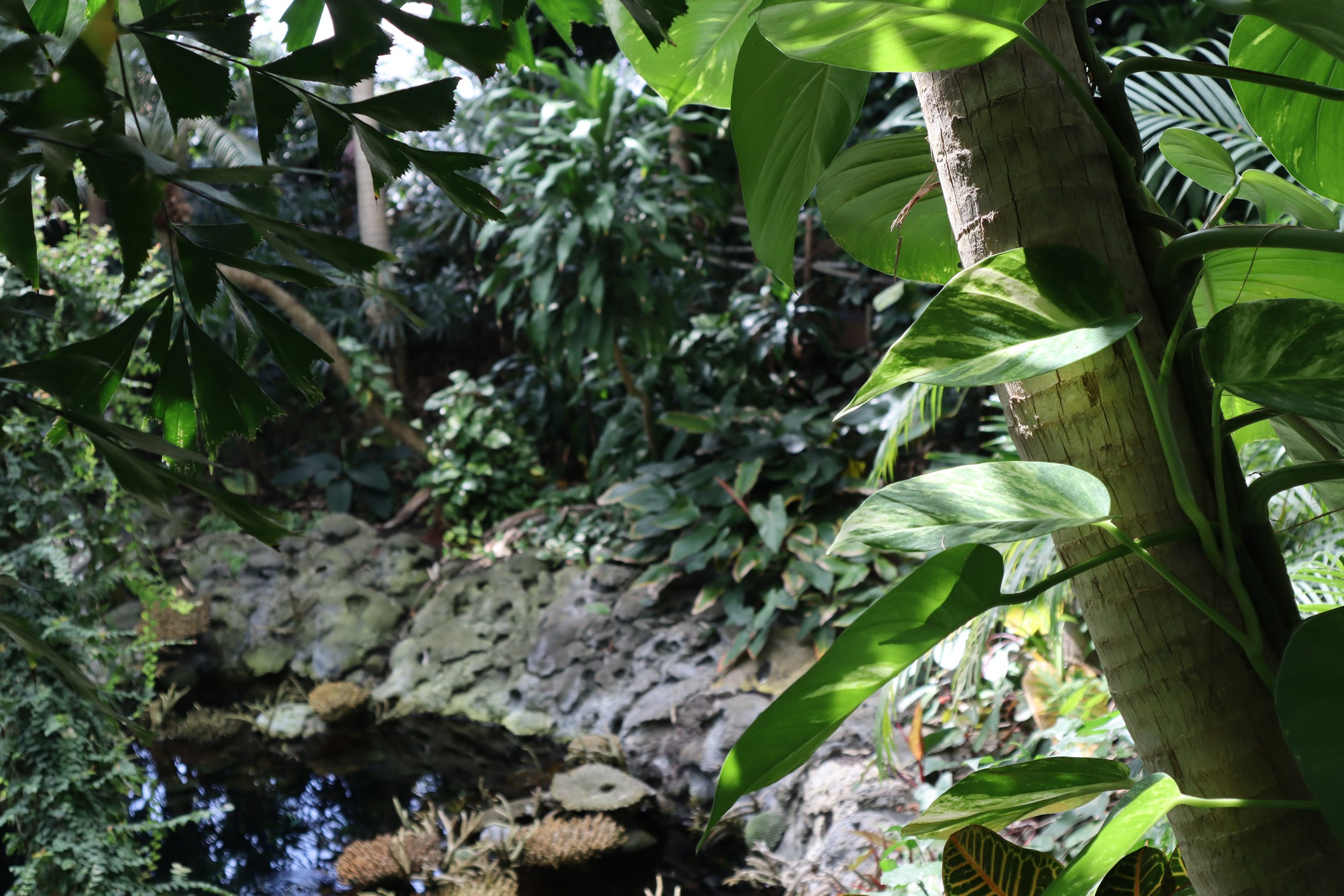
It’s the best aquarium in Europe and voted the third best aquarium in the world
Don’t take my word for it, lots of other people think so too! For most people, visiting an aquarium is not on the top of their list of tourist attractions they want to see. Yet, according to TripAdvisor, the Lisbon Aquarium is the #1 tourist attraction and the #2 thing to do in Lisbon.
Fun fact: Lisbon Oceanarium is the largest salt water aquarium in the world!
The big tank
What I love about the Lisbon Oceanarium is the layout. You have the central big tank that goes up two levels and other smaller tanks to the side. Each level has 12 viewpoints where you can see into the big tank. The upper level gives you wide views across the entire tank, while the lower level has more interaction items like kelp, stones, and reefs.
I truly enjoyed sitting down at the lower level and just staring into the water and watch the fish swim by. When the sun came out at just the right angle, it created beautiful light beams all the way to the bottom. I can totally understand people wanting to sit and watch the action inside the tank for hours as they relax.
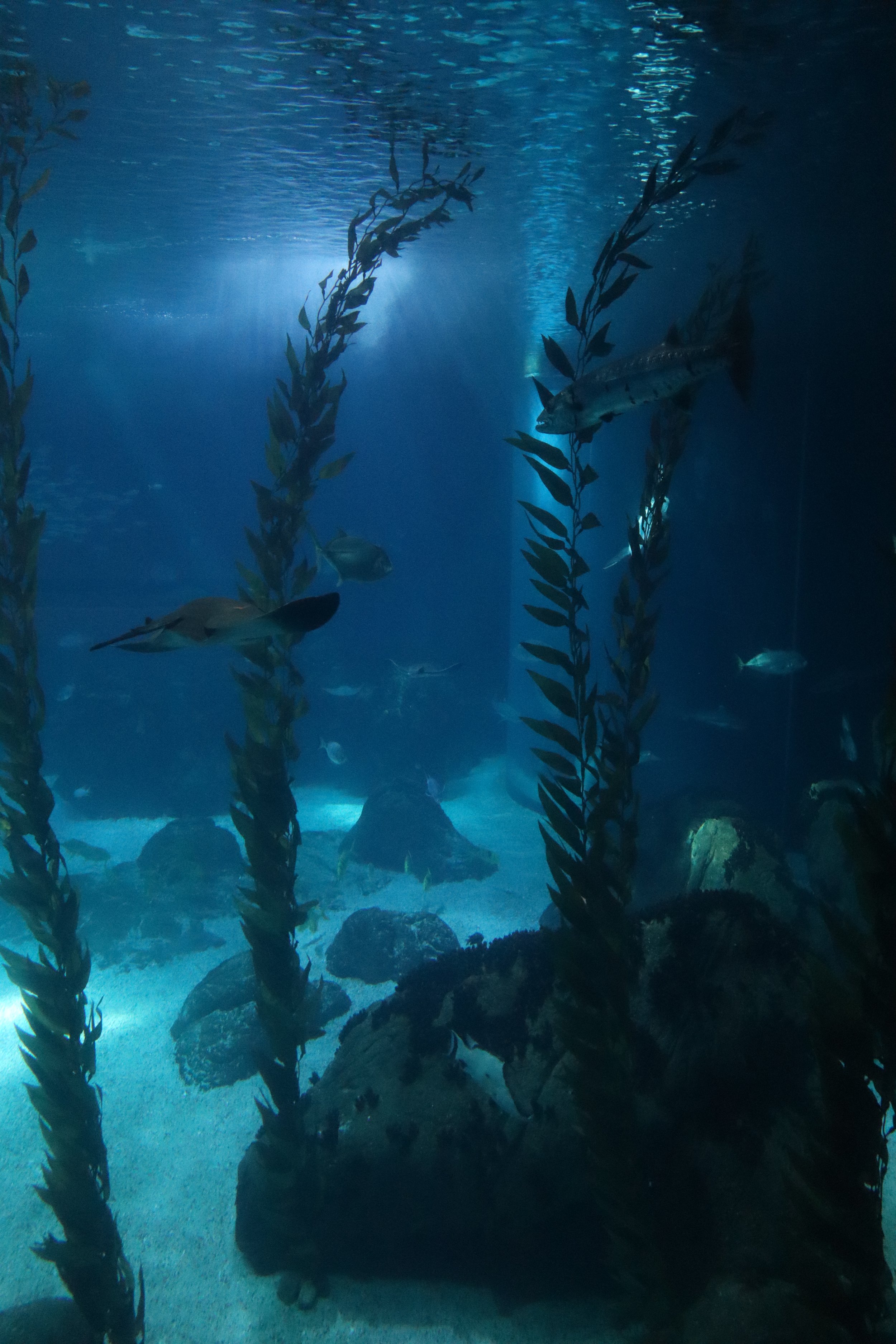
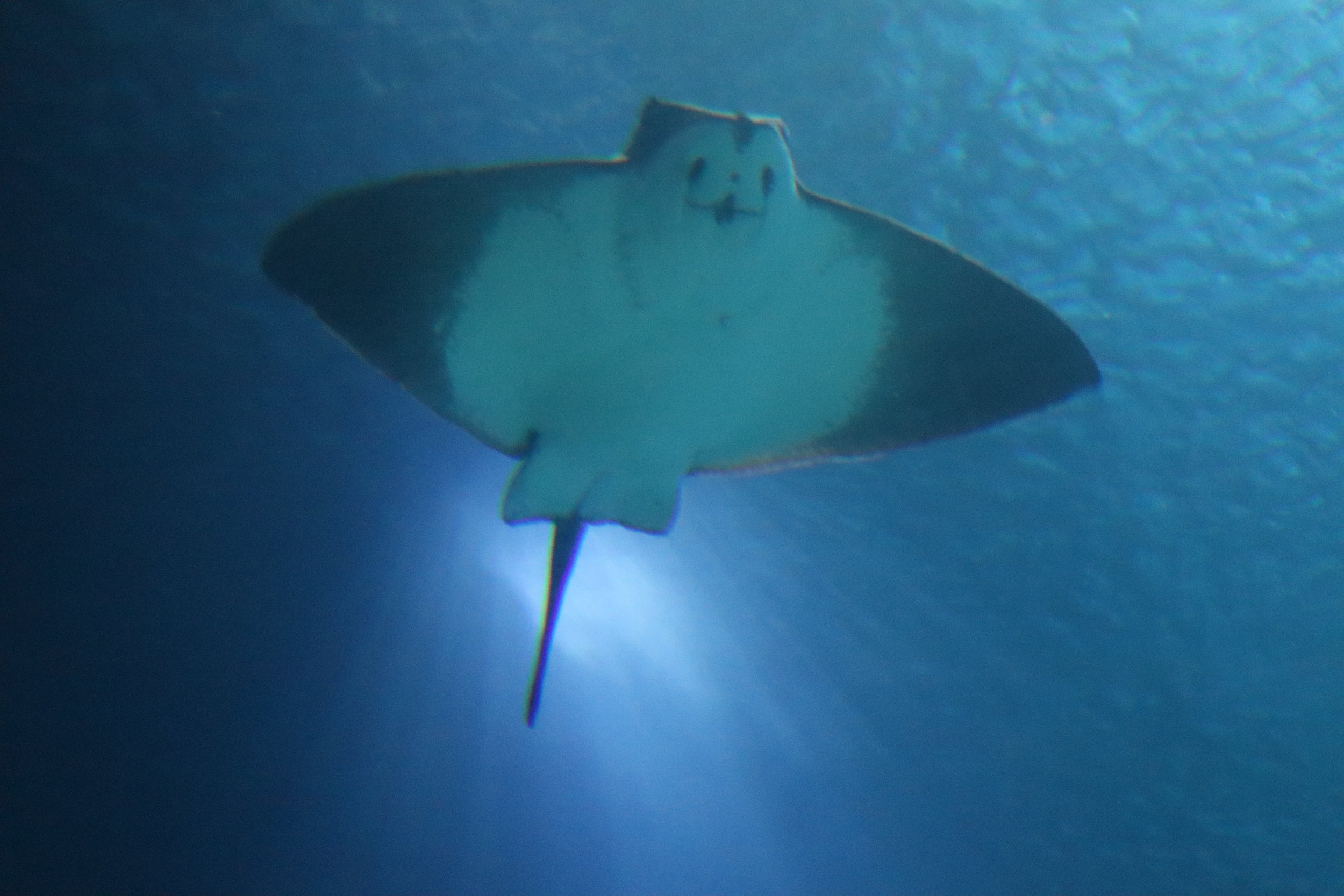
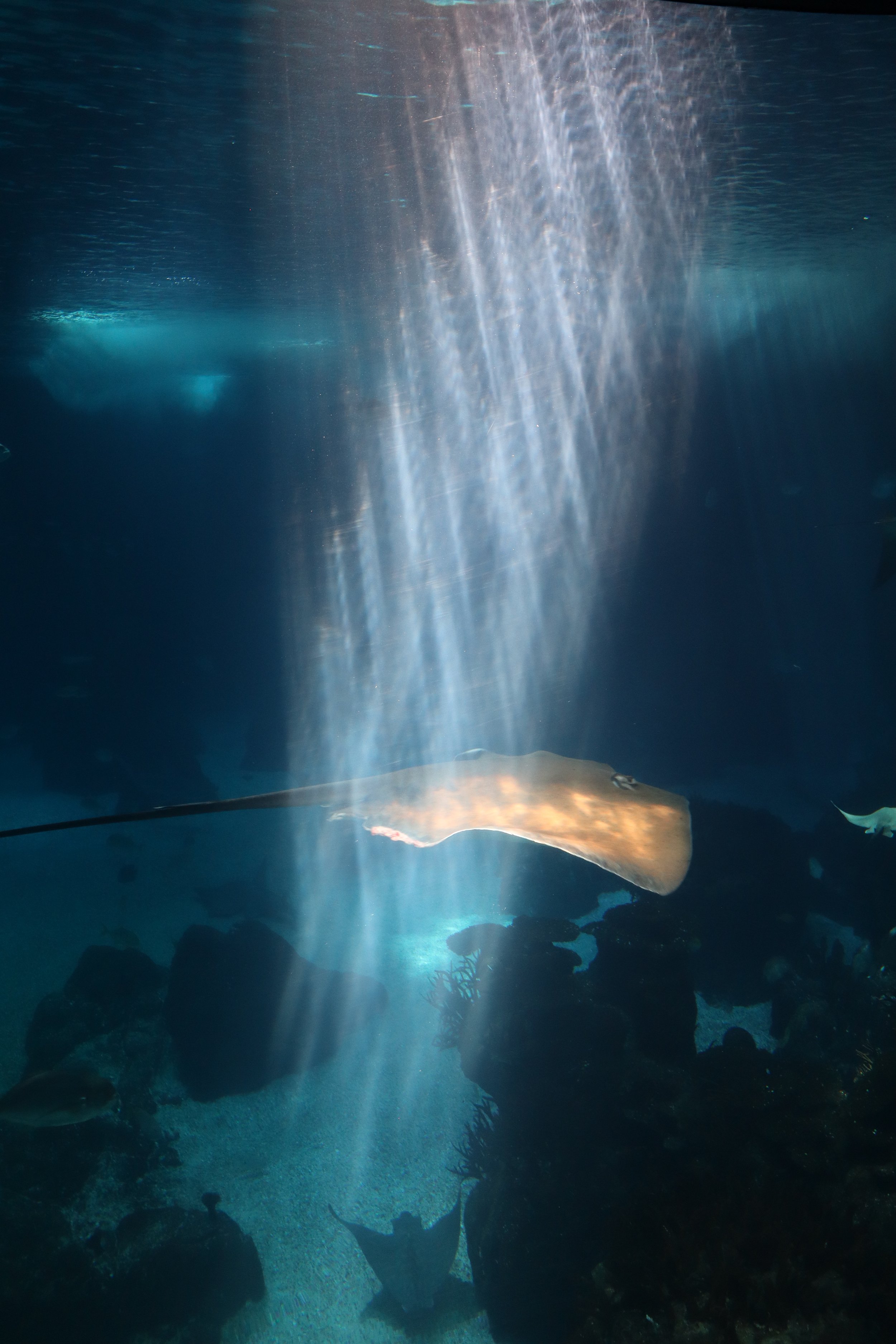
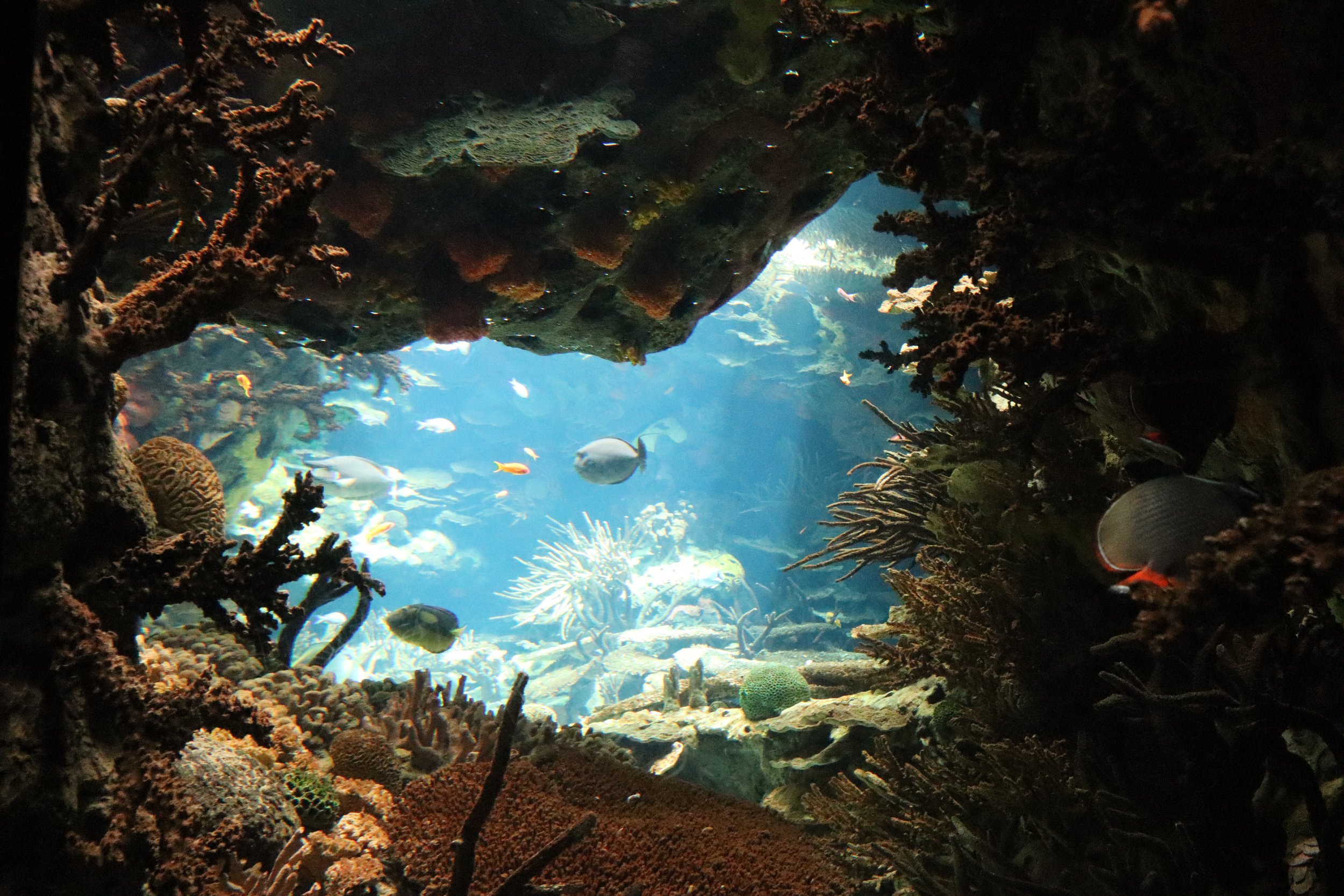
The sea dragon and sunfish
There are hundreds, if not thousands, of fish at the Lisbon Oceanarium, but these two deserve a special mention.
The sea dragons are just absolutely beautiful. I don’t understand how their biology works at all, not with all those weird shapes, but it’s just darn pretty to look at. Did you know that sea dragons don’t have teeth and ribs? Truly amazing creatures, they are.
The sunfish, also known as the common mola, is extremely rare in captivity because they have very specific demands of their environment that are hard to recreate. The Lisbon Aquarium knows how to handle it though, and they have this gorgeous beautiful sunfish that swims around in the big tank and loves to greet people at the windows.
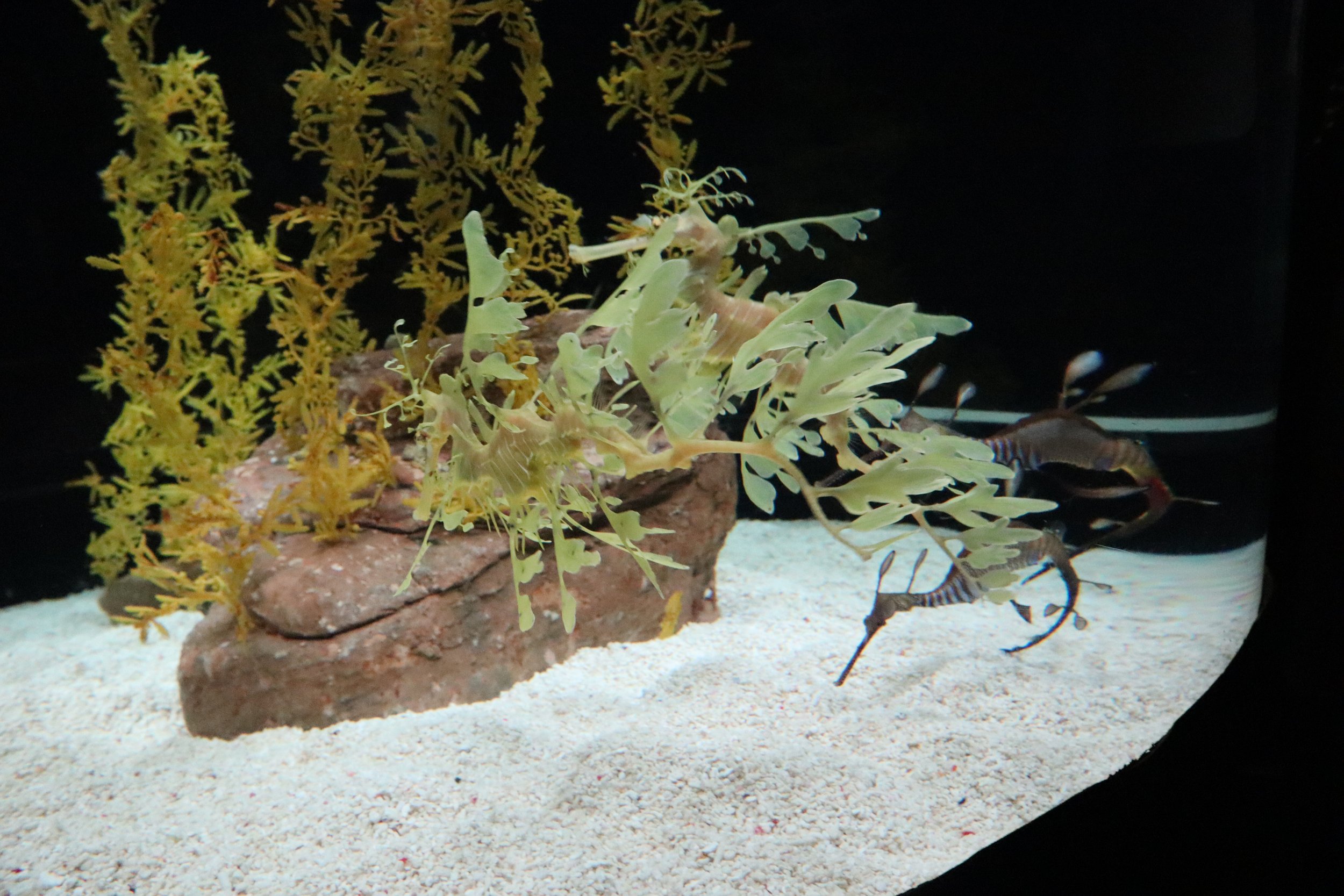
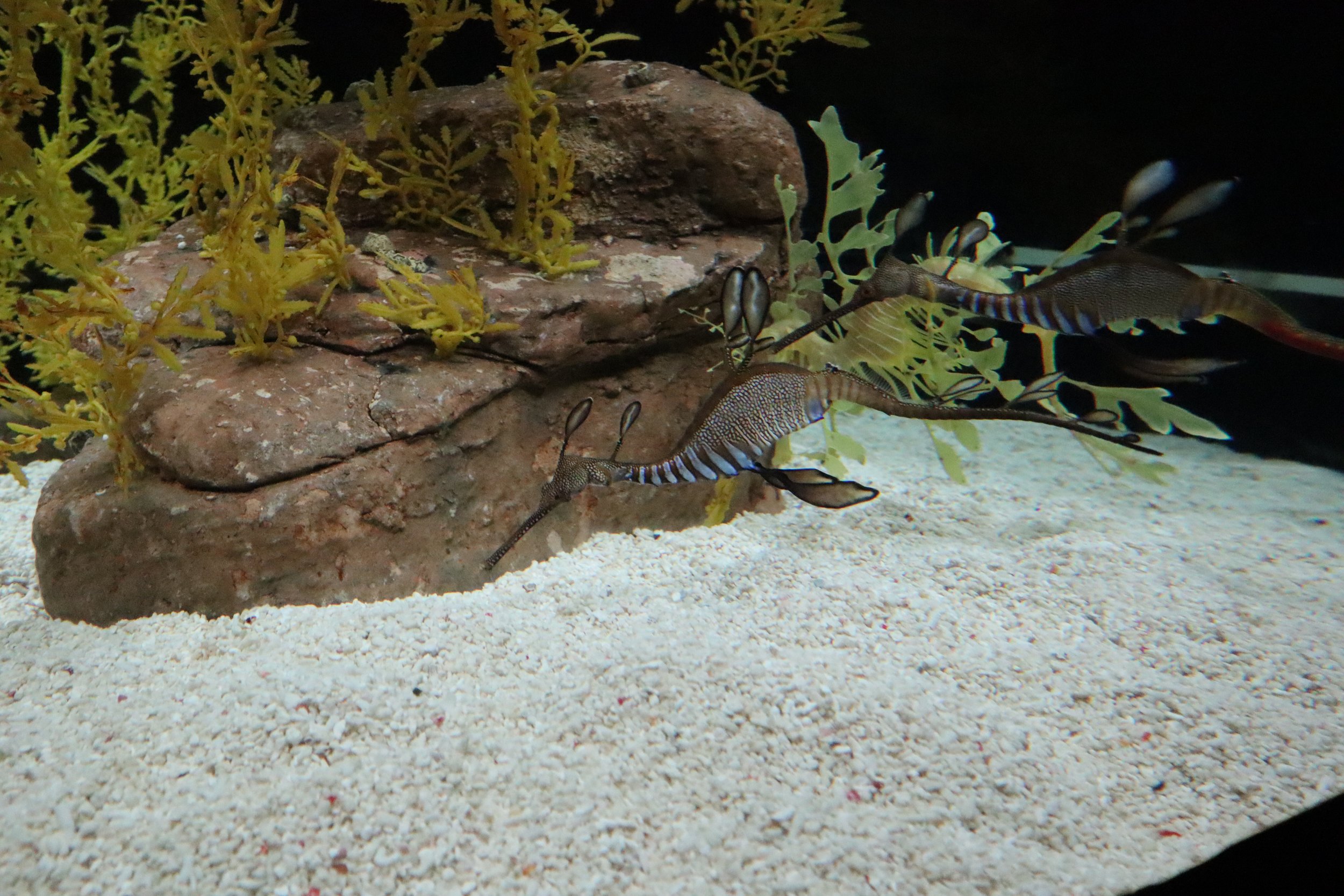
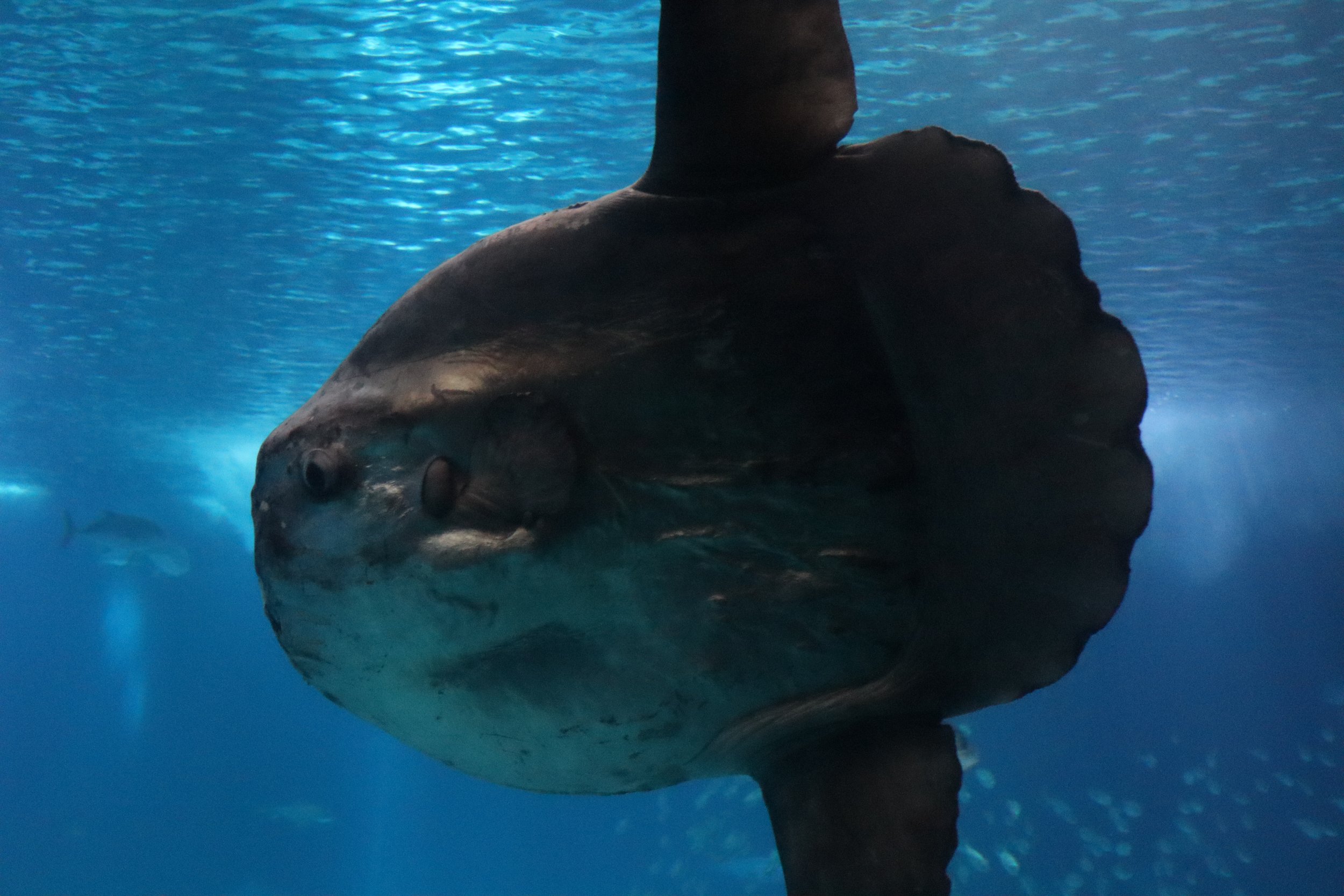
Conclusion
The Lisbon Aquarium is 100% worth a visit. It’s a little out of the way, but easily accessible by public transport. It doesn’t matter if you spend an hour or an entire day, you’ll have a great time and learn some valuable things about our oceans and our planet.
